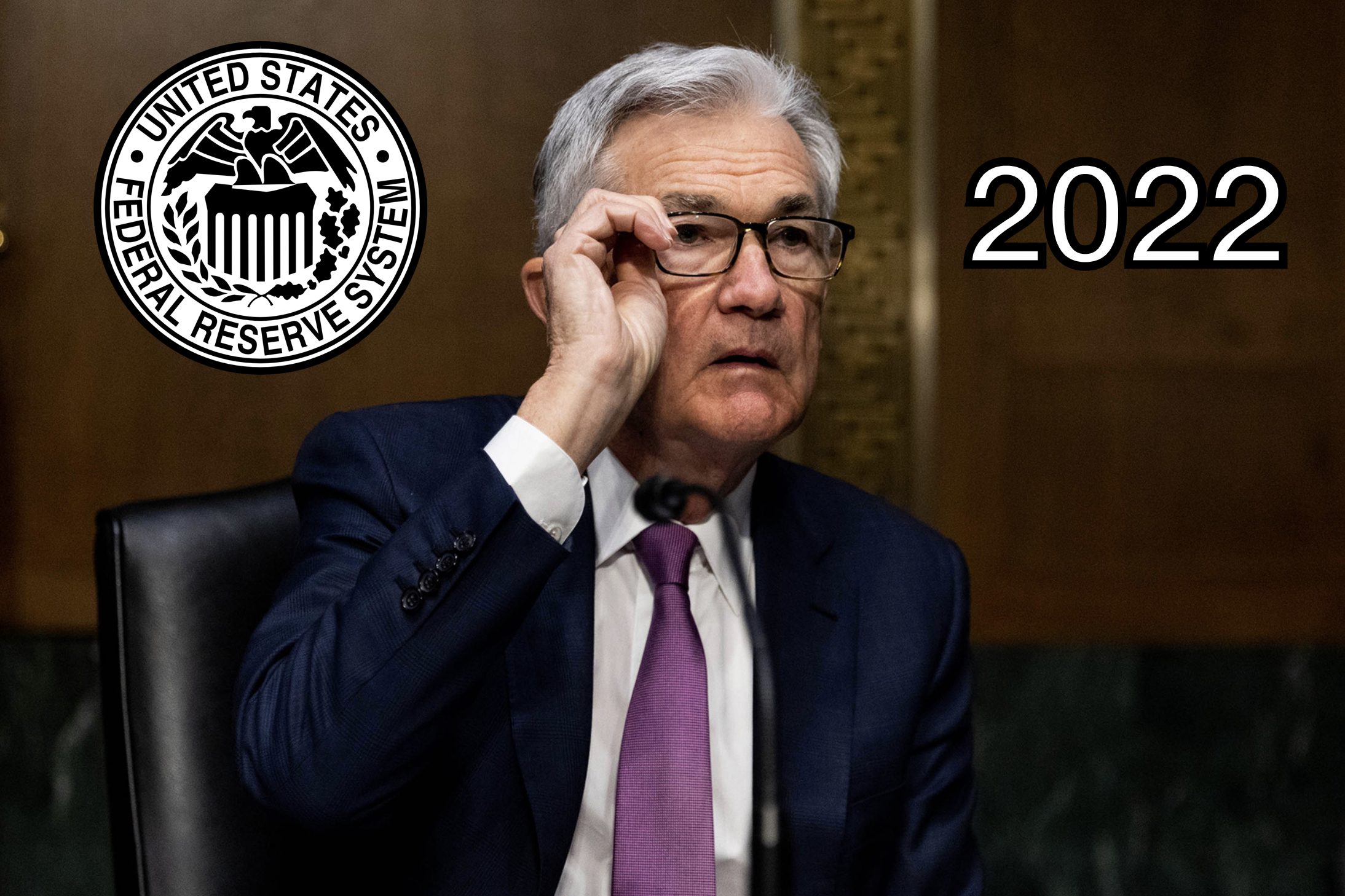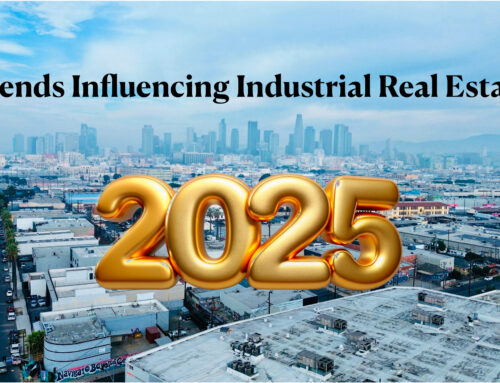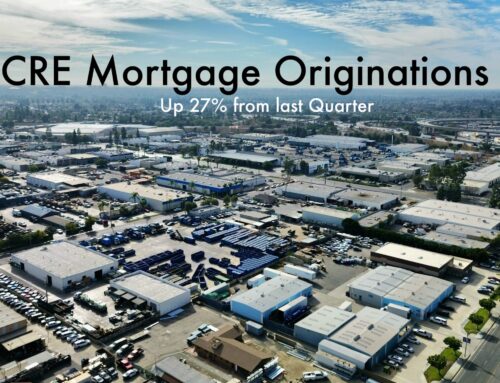The Federal Reserve announced it will hold its policy rate near zero but it expects to begin raising rates “soon,” which Fed watchers widely interpret to mean at its next meeting. The statement implies that the central bank’s policy goal of maximum employment appears to have been reached, allowing committee members to focus on tackling what has become highly elevated inflation to achieve their price stability policy goal.
The central bank also signaled that its very accommodative monetary policy stance will begin to transition as it moves closer to what the Fed considers normal, approving a final round of asset purchases. The Fed had started to trim purchases last November, but as prices moved higher, the speed at which they were winding them down accelerated. This latest move would bring the program to an end in March.
While the committee has started discussing reductions to the Fed’s balance sheet, which currently stands at $8.8 trillion, no immediate plans for the pace, composition or method of reduction have been made. The Fed released a separate document outlining its planned approach to reducing its balance sheet, which stresses that monetary policy will be driven primarily through changes in the federal funds rate.
At his post-meeting press conference, Fed Chairman Jerome Powell suggested that reduction in the Fed’s balance sheet could begin later this year. Citing the very strong labor market, with the unemployment rate below 4% in December, near-record high number of job openings and rising wages, Powell confirmed that the Fed’s focus can move away from labor market recovery but that elevated and persistent inflation is a threat to its goal of maintaining maximum employment.
The statement maintained the Fed’s previous language regarding the strengthening economy from its mid-December meeting, but that occurred before the spread of the omicron variant. Powell noted that the spread of infections has held down some economic activity, but that the response has been less severe than earlier waves, so the economy should bounce back more quickly from its recent slowing.
Declining to discuss the exact path and pace of interest rate hikes, Powell noted that the Fed’s communication strategy and transparency has led markets to suggest at least three rate hikes. Fed officials have often commented that the response to rate hikes are far more efficient in generating desired economic outcomes than any changes made to the Fed’s portfolio.
Powell at his confirmation hearing earlier this month expressed his belief that inflation is the result of a “mismatch between demand and supply” and that the Fed needs to find a way to better align supply and demand but can only try to do so by cooling the labor market.
Inflation pressures intensified last year as consumers hunkered down at home during pandemic-related restrictions. Waves of fiscal stimulus left consumers with healthy bank balances which fueled accelerated purchases of things such as furniture, home exercise equipment and electric bicycles, outstripping the ability of factories to make goods and ship them to consumers. A global shortage of semiconductors due to factory shutdowns and production delays has also contributed to supply challenges. The result of the imbalances has been surging prices.
As the Fed has limited tools to alleviate supply-chains snags, hiking interest rates can cool demand by raising the borrowing costs of both consumers and businesses, weighing on hiring and slowing income growth.
The pivot from a highly accommodative policy to tightening carries the risk of over-tightening, which could trigger a stall to the recovery, or a recession. But Powell continues to assert that the Fed has a great deal of flexibility in its use of tools and that economic conditions and data will dictate policy going forward.
Source: https://www.federalreserve.gov/monetarypolicy/files/monetary20220126a1.pdf, https://product.costar.com/home/news/shared/213216458






